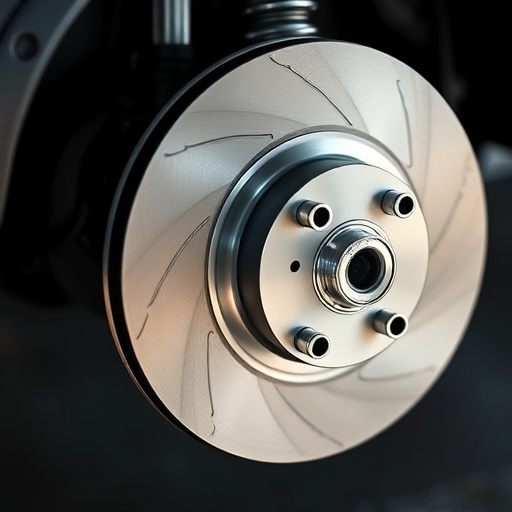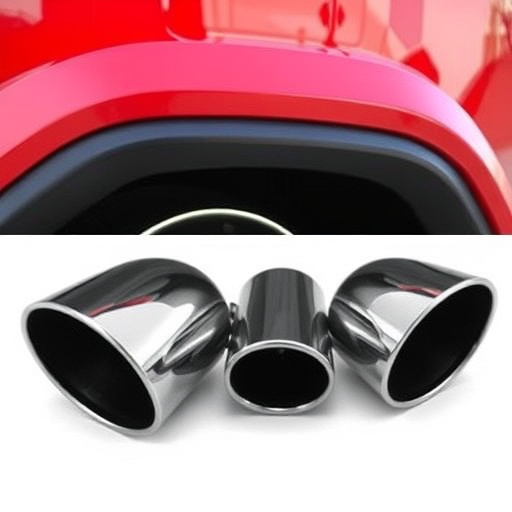A boost controller is a device vital for enhancing vehicle performance in turbocharged/supercharged engines by optimizing combustion chamber air pressure based on real-time intake data, driver inputs, and engine load. Its display offers intuitive visual monitoring of critical metrics like boost pressure, temperature, and oil pressure, enabling users to make informed adjustments for improved efficiency and power output, both on road and off-road, or in competitive motorsports settings.
Discover the revolutionary power of a Boost Controller, a cutting-edge technology that transforms real-time monitoring into an art. This article delves into the intricate workings and profound advantages of this device, designed to optimize performance across various industries. From its intuitive interface to advanced data visualization, explore how the boost controller enhances efficiency, ensuring precise control over dynamic processes. Uncover its diverse applications and understand why it’s a game-changer in modern technology.
- Understanding Boost Controller's Functionality
- Real-Time Monitoring Display Features
- Benefits and Applications of This Technology
Understanding Boost Controller's Functionality

A boost controller is a sophisticated device that plays a pivotal role in enhancing vehicle performance, particularly for those with turbocharged or supercharged engines. Its primary functionality lies in managing and optimizing air pressure within the engine’s combustion chamber, leading to improved power output and efficiency. By real-time monitoring of various parameters like intake manifold pressure, temperature, and boost level, this controller ensures that your vehicle’s exhaust systems operate optimally, facilitating better flow of air and fuel mixture.
Moreover, these controllers can adjust the amount of boost pressure applied to match the driver’s inputs and engine load, thereby enhancing responsiveness and control. This is especially beneficial when tackling challenging terrain or engaging in track days, where precise control over suspension components and brake rotors is crucial for safety and performance. The boost controller’s ability to deliver tailored power makes it a game-changer for those seeking to unlock their vehicle’s full potential, ensuring both efficiency and exhilarating driving experiences.
Real-Time Monitoring Display Features

The real-time monitoring display on a boost controller is a game-changer for automotive enthusiasts and mechanics alike. This feature provides an intuitive and visual representation of critical vehicle data, ensuring users can efficiently monitor and optimize performance. With a simple glance, users can track essential metrics such as boost pressure, engine temperature, oil pressure, and more, all in one centralized location. This instant feedback allows drivers to make informed decisions during driving or tuning sessions, enabling them to fine-tune their vehicles for maximum efficiency and power.
Moreover, the display’s capability to showcase real-time data ensures that users can quickly identify any anomalies or issues with their vehicle’s performance. Whether it’s a sudden spike in temperature indicating a potential problem with the cooling system or a drop in oil pressure alerting to a maintenance need, the boost controller’s monitoring display acts as a vigilant guardian, helping owners maintain their vehicles’ health. This technology is particularly beneficial when combined with advanced boost controllers that offer customizable alerts and logging capabilities, allowing users to track progress over time and make data-driven adjustments to their cars’ setups, including cat back exhaust, brake components, and suspension components.
Benefits and Applications of This Technology

The integration of real-time monitoring displays in boost controllers offers a multitude of benefits for both automotive enthusiasts and professionals alike. By providing precise, instant data on engine performance, this technology empowers users to make informed decisions during tuning processes, ensuring optimal fuel efficiency and power output. The ability to monitor boost levels, air-fuel ratios, and temperature in real time streamlines the fine-tuning process, making it more efficient and less prone to errors.
Applications of this advanced boost controller technology span various sectors. For off-road vehicles equipped with cat back exhaust systems or custom suspension components/suspension kits, real-time monitoring ensures drivers can navigate challenging terrains with enhanced control and safety. Moreover, in competitive motorsports, these controllers enable teams to swiftly analyze and adjust settings during races, giving them a significant edge over the competition.
The boost controller, with its real-time monitoring display, represents a significant advancement in performance optimization. By offering detailed insights into engine health and boost pressure, this technology empowers users to make informed decisions for enhanced efficiency and reliability. Whether in automotive or industrial applications, the ability to monitor and control boosts dynamically ensures optimal output, leading to improved overall system performance.














